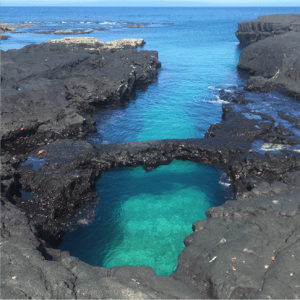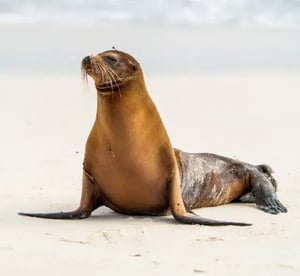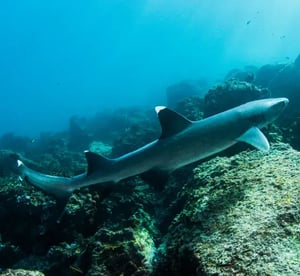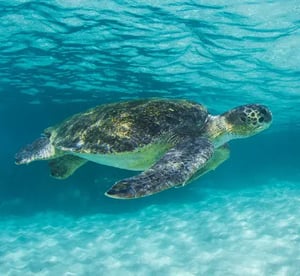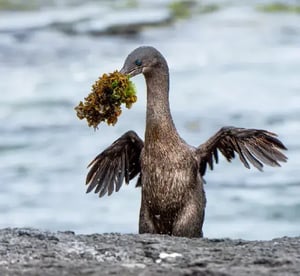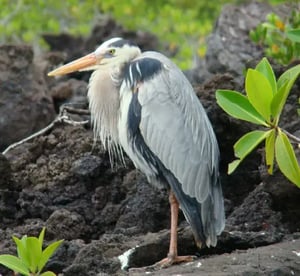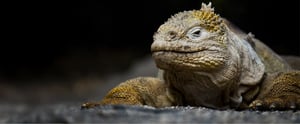
LAND IGUANA
The land iguana species has its origin in a common ancestor with the marine iguana, about 10.5 million years ago. The iguana grows up to a length of 1.5m (5 ft.) and can weight 13kg (25pounds). They are herbivores, feeding mainly on the prickly-pear cactus but eventually would feed on insects and other invertebrates. They reach sexual maturity at around 10 years old and can live up to 60 years.
They lay 2 to 25 eggs, which they burry in sandy areas. These eggs hatch after around 100 days. In some islands, they have interbred with marine iguanas creating a hybrid iguana species. Very little has been discovered from this species but they are known to be almost all infertile and have a very reduced population.
There are two other species of land iguana in the archipelago, the Conolophus pallidus, which is found only on the island of Santa Fe, and the one known as the pink iguana only found in Wolf volcano on Isabella Island.
Same as other reptiles, they need to thermo regulate so they bask in the sun to warm up making a beautiful picture, and usually burry themselves in the night to conserve the heat in the cold season. They are usually found in the trails and around the cactus growing sites. They have developed symbiotic relationship with birds so they can easily be seen with a finch standing on their heads. Since they are very territorial animals, some fights and social dynamics are part of their natural display. There are about 8 thousand land iguanas in the archipelago.
OTHER REPTILES
01 Land Iguana
Yes
Endemic
Reptiles
Animal group
Conolophus subcristatus
Scientific name
100-150 cm
Animal average size
11.5 kg
Animal average weigth
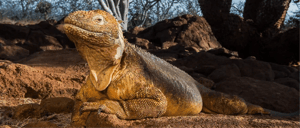
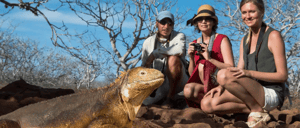
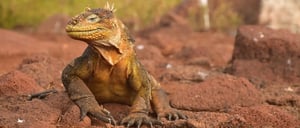
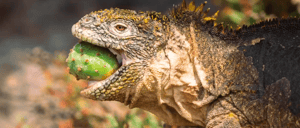

Where to spot this animal?
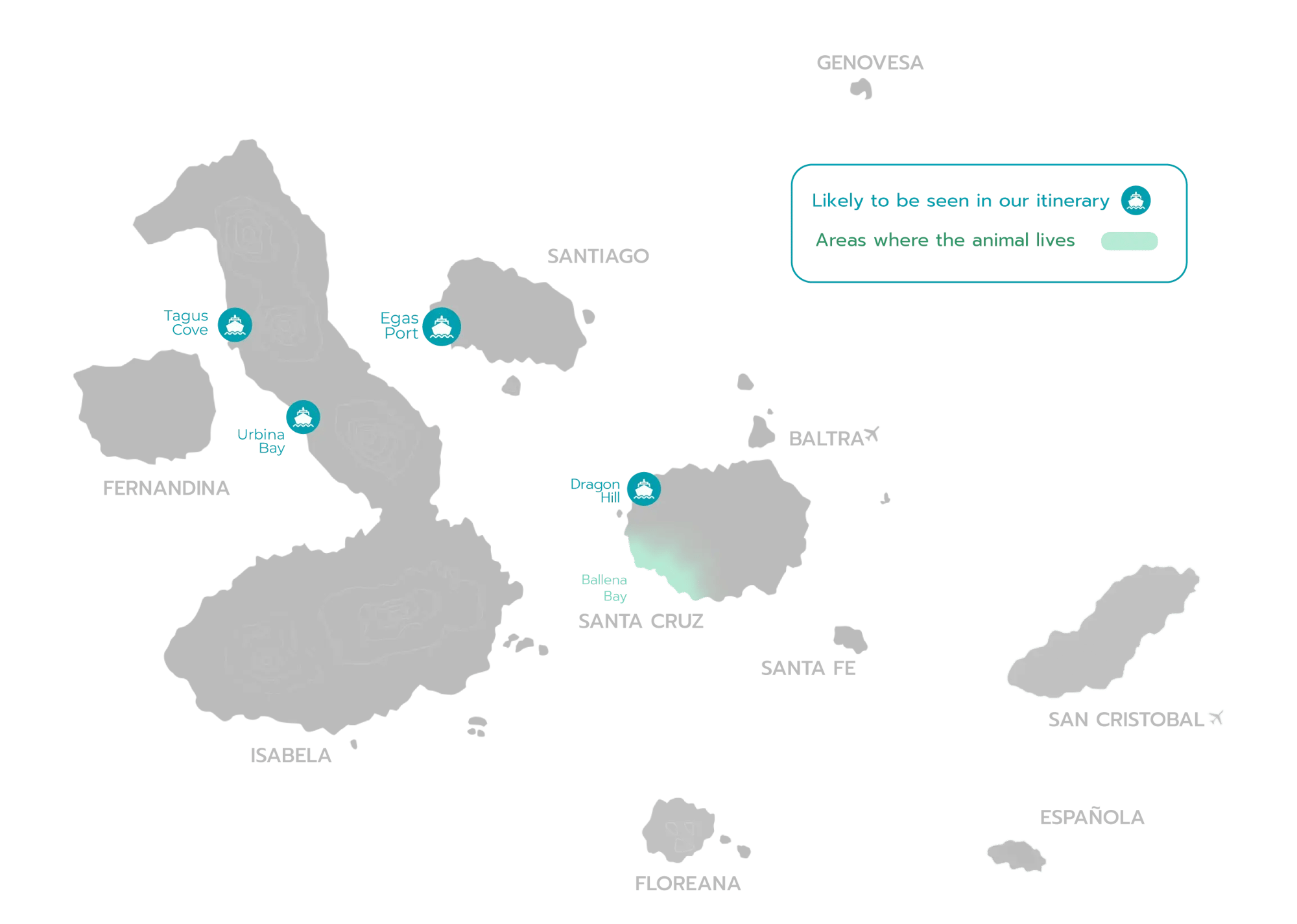
Expeditions where you can find this animal

WEST EXPEDITION (B)
Visitor sites:
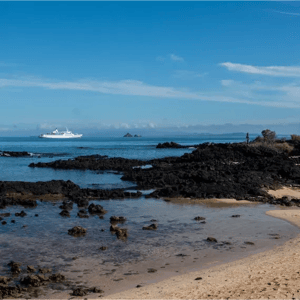
SOUTH EXPEDITION (D)
Visitor sites:
